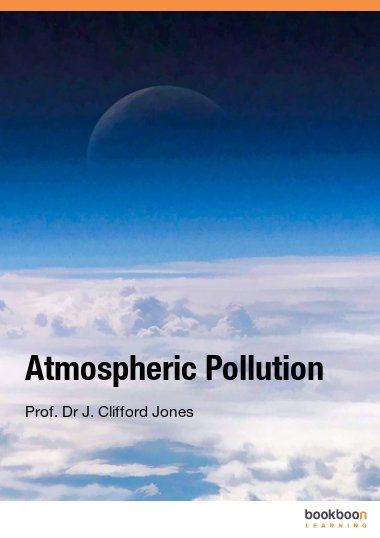I was delighted to respond to an invitation from Ventus Publishing to write a book on atmospheric pollution. It is a topic well enough served by books in the past, but has become increasingly important during these early years of the 21st Century. I believe therefore that there is a place for a review like this one and that notwithstanding the immense activity in the area the book will have a reasonable shelf life. This is because it continually relates the discussion to the principles of physics and chemistry, and these do not change.
To have acknowledged each and every one of the electronic sources I have drawn on would not only have lengthened the book to no real purpose but, more seriously, might even have been a distraction to a reader. I am hopeful that this acknowledgement in the preface of such sources will suffice.
I expect that students will benefit from the book as well as those already professionally involved with atmospheric pollution. I also venture to hope that it will of use to those involved in discussion of such matters in the media. I shall be delighted to hear from readers who have comments or suggestions to make.
J.C. Jones
Aberdeen, September 2008.

